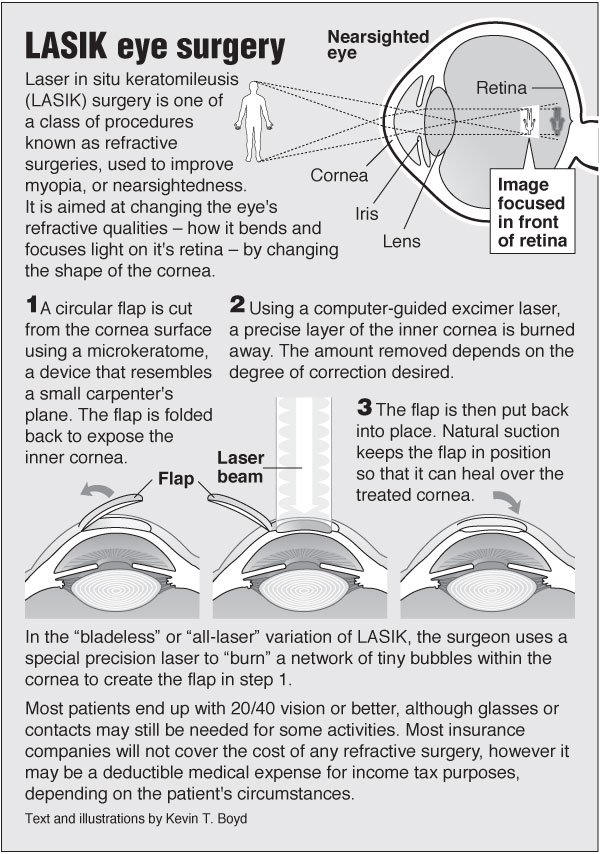Do You Have A Rate Of Interest In Exploring The Historical Origins And Contemporary Growths In Glaucoma Treatment Strategies?
Do You Have A Rate Of Interest In Exploring The Historical Origins And Contemporary Growths In Glaucoma Treatment Strategies?
Blog Article
Material Writer-Locklear Hill
Did you know that the advancement of glaucoma therapy techniques extends centuries, incorporating both typical treatments and cutting-edge technologies? From old natural mixtures to sophisticated Minimally Intrusive Glaucoma Surgery methods, the spectrum of options is vast. As you look into the complexities of standard versus cutting-edge techniques, you might discover shocking understandings that test standard viewpoints on treating this common eye condition.
Historic Advancement of Glaucoma Treatments
The historical evolution of glaucoma therapies goes back to ancient civilizations where different remedies were made use of to handle the condition. In old Egypt, for example, treatments involved a mixture of honey, fat, and sour milk related to the eyes. The Greeks and Romans also added to very early glaucoma therapies with a concentrate on topical applications and dietary treatments. Throughout history, diverse societies established distinct strategies to minimize the signs and symptoms of glaucoma, usually rooted in natural treatments and superstitions.
As time progressed, developments in clinical expertise led to even more organized approaches to treating glaucoma. Between Ages, Arabic scholars made significant contributions by researching the anatomy of the eye and developing surgical techniques to resolve eye problems. These very early innovations laid the structure for modern-day glaucoma treatments that we've today. Recognizing the historic context of glaucoma treatments provides beneficial understandings into the constant progression and refinement of medical methods over the centuries.
Comparison of Typical Approaches
In comparing traditional approaches for treating glaucoma, take into consideration the historical contexts and efficiency of various solutions.
Conventional treatments for glaucoma have evolved over centuries, from old practices like making use of honey and white wine to more recent developments such as eye declines and surgical procedures. Historically, remedies like the application of leeches or organic concoctions were used to alleviate symptoms, but their effectiveness was limited.
As time advanced, techniques like iridectomy, where a part of the iris is gotten rid of, came to be preferred for lowering intraocular pressure. Some conventional techniques, like utilizing oral medicines to minimize eye pressure, have stood the test of time and are still used today. Nevertheless, these treatments usually include negative effects and may not be as reliable as modern choices.
It's vital to weigh the historical significance of typical glaucoma therapies versus their effectiveness in the context of existing clinical improvements.
Evaluation of Cutting-edge Treatment Approaches
Considering the advancing landscape of glaucoma therapy, innovative approaches are transforming the method this eye problem is handled.
One significant innovation is minimally invasive glaucoma surgical procedure (MIGS), which supplies a much less invasive choice to traditional surgeries. https://lasik21975.eedblog.com/35670357/cataract-surgical-procedure-dangers-vs-perks to lower intraocular stress by improving the eye's natural drainage system, leading to less complications and faster recuperation times compared to traditional surgical procedures.
In addition, the development of sustained-release drug distribution systems has actually given a more reliable means to provide glaucoma medication. These systems can release medicine gradually over a prolonged period, enhancing client adherence and lowering the frequency of eye drops.
In https://health.economictimes.indiatimes.com/news/diagnostics/novel-method-could-improve-lasik-eye-surgery/68390819 , emerging modern technologies like careful laser trabeculoplasty (SLT) offer a non-invasive alternative for reducing intraocular stress by targeting specific cells in the eye's drain system.
Final thought
As you assess the development of glaucoma therapies, you can see how traditional approaches have paved the way for ingenious techniques to arise.
From ancient solutions to modern-day advancements, the journey of treating this complicated eye condition has actually resembled a rollercoaster ride.
However with new methods like MIGS and sustained-release drug distribution, the future looks brighter than ever for individuals seeking efficient and less intrusive options.
